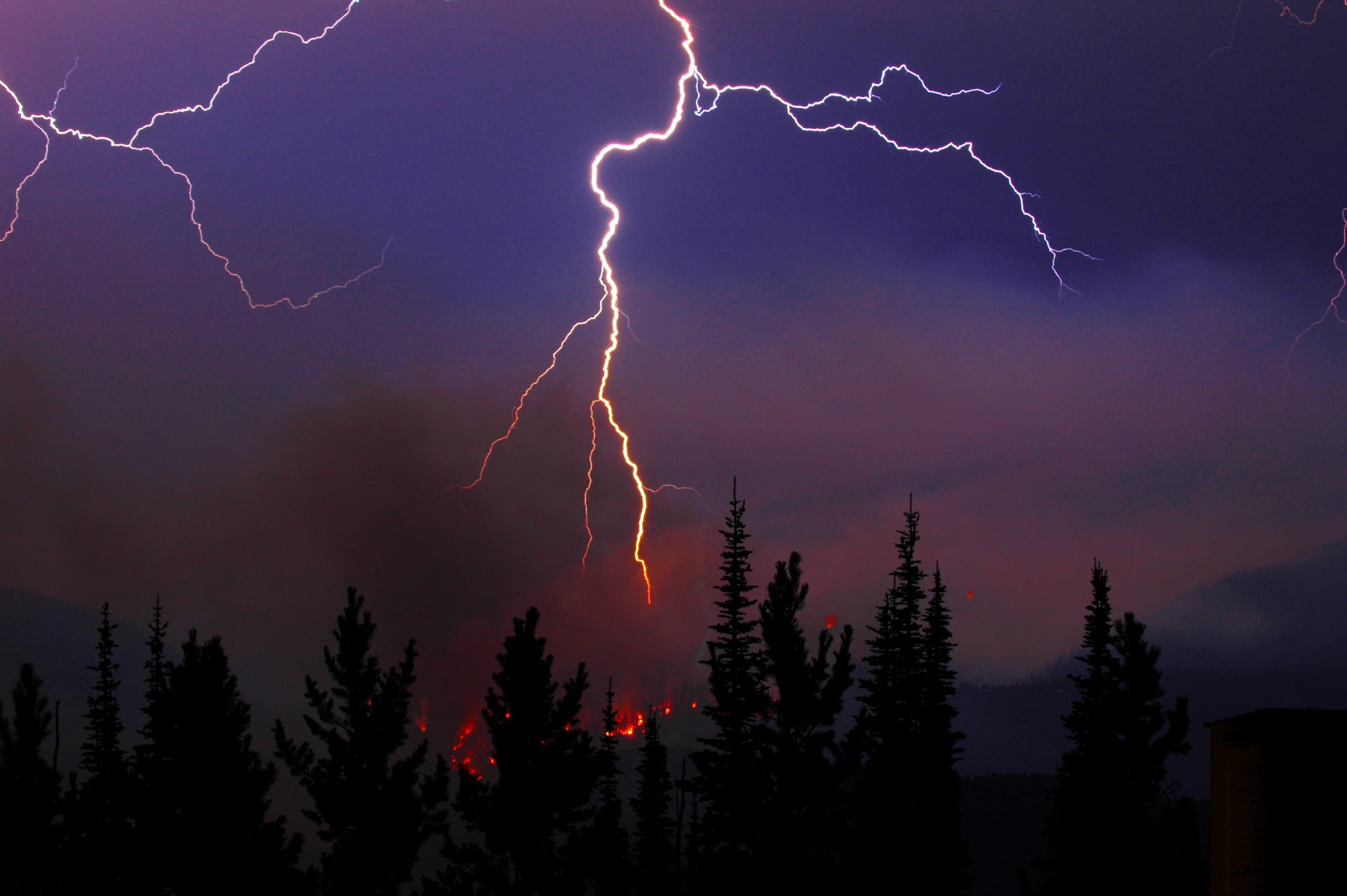Climate warming shifts lightning-caused forest fires farther north

Extreme lightning storms are the main driver of recent massive fire years in Alaska and Canada, and these storms are likely to move farther north with climate warming, potentially altering landscapes, according to findings in Nature Climate Change by researchers from UCI, Vrije Universiteit Amsterdam and elsewhere. Analyzing satellite images and data from ground-based networks, they discovered increases of 2 to 5 percent a year in lightning-ignited fires since 1975. In addition, the scientists found that the fires are creeping northward, near the transition from boreal forests to Arctic tundra. That could lead to the release of large amounts of carbon currently locked in permafrost, as well as allow trees to gain a foothold in tundra areas. “In these high-latitude ecosystems, permafrost soils store large amounts of carbon that become vulnerable after fires pass through,” said co-author James Randerson, UCI Chancellor’s Professor of Earth system science. “Exposed mineral soils after tundra fires also provide favorable seedbeds for trees migrating north under a warmer climate.” He also noted that trees can darken surfaces previously covered with snow, preventing the reflection of sunlight away from the Earth and contributing to global warming.